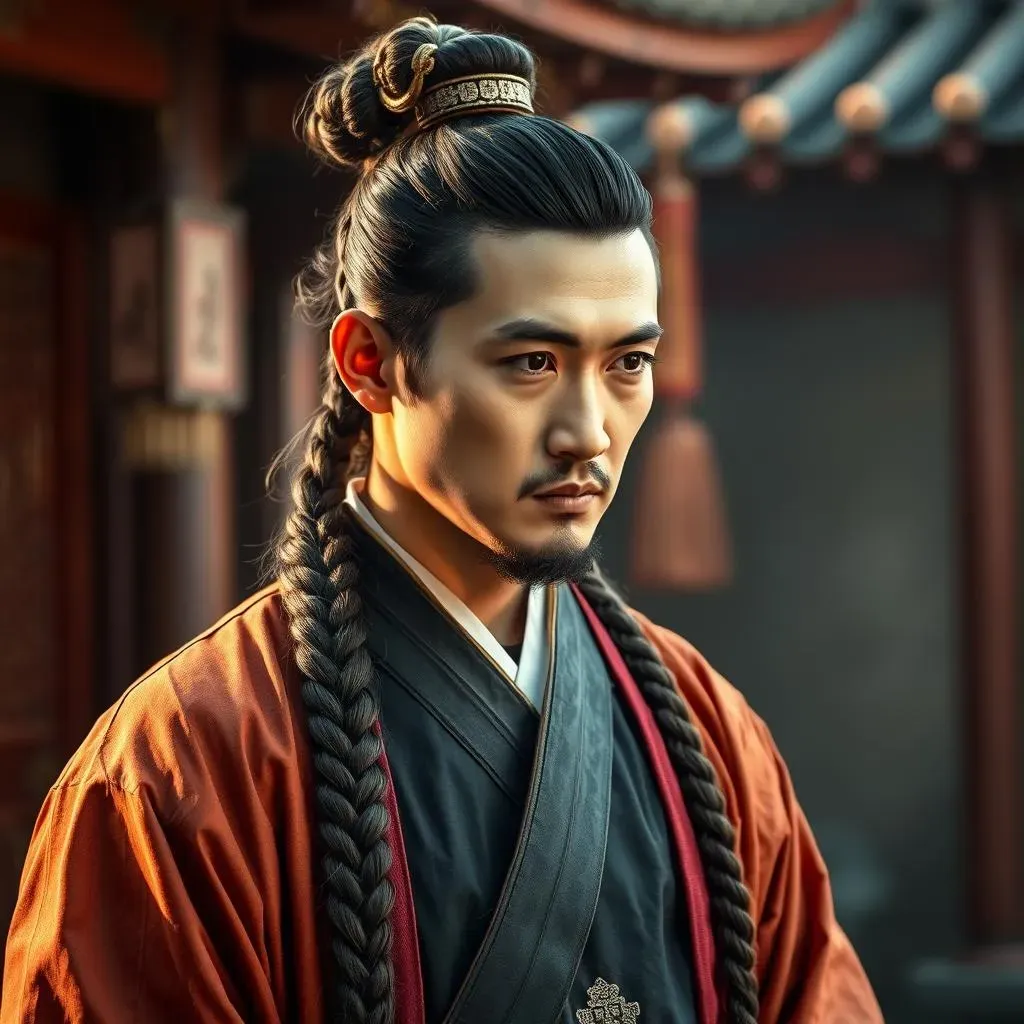Table of Contents
Ever seen a long braid trailing down someone's back and wondered about its story? That's the "q hair style" we're talking about, and it's way more than just a cool braid. It's a hairstyle with a wild history, tangled up in power struggles, cultural shifts, and even rebellion. This isn't just about how people wore their hair; it’s a tale about how rulers used hairstyles to show who was boss. We’ll start by looking at how the q hair style came to be, tracing its roots back to ancient tribes. Then, we'll see how it became a symbol of control, especially during the Qing dynasty, and how people reacted to it – some accepted it, others fought against it. Finally, we’ll explore how this hairstyle, once a sign of submission, is now seen in different ways by different people. Get ready to see how a simple braid can tell a very complex story.
The Queue Hairstyle: More Than Just a Braid
The Queue Hairstyle: More Than Just a Braid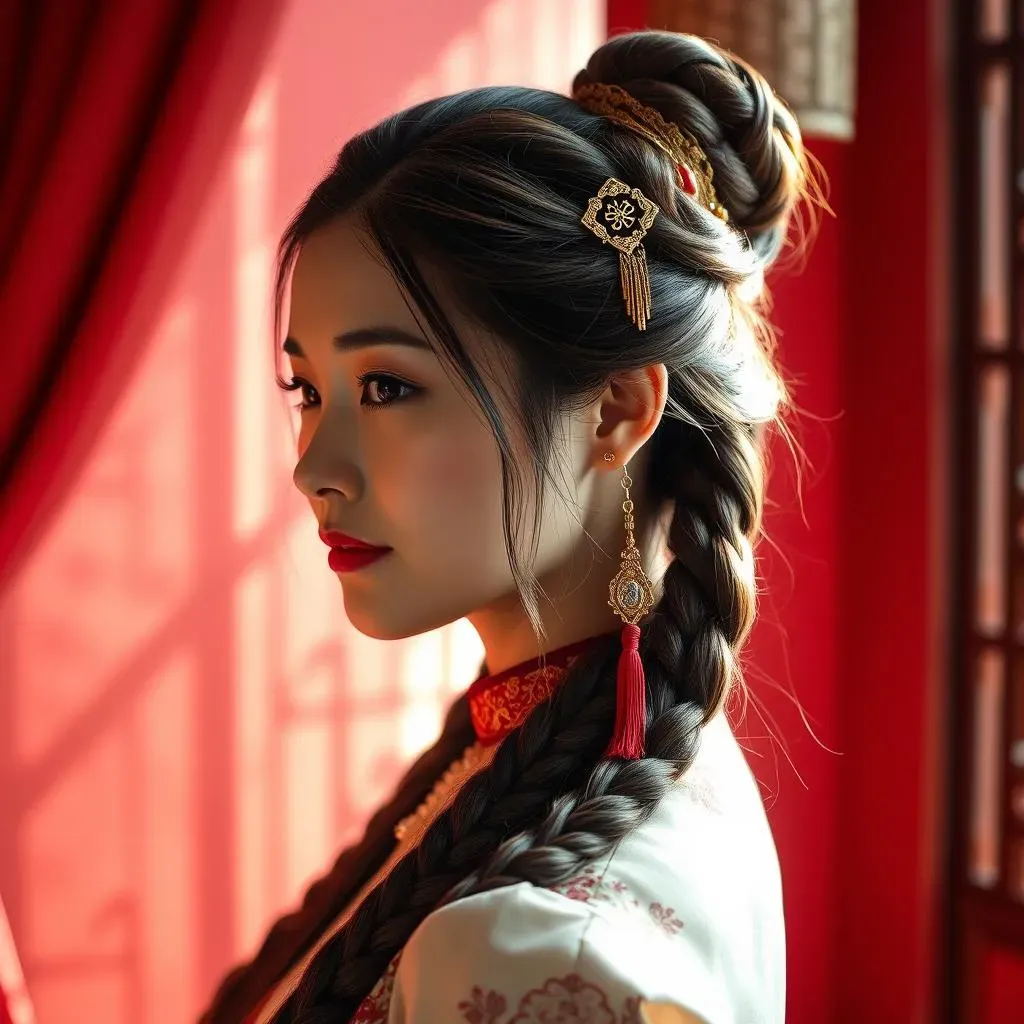
Okay, so you're looking into the "q hair style," huh? It's way more intriguing than it sounds at first glance. When you hear ‘queue,’ you might picture a line of people, but in this case, we’re talking about a hairstyle, specifically, a long braid, often worn down the back. Now, this isn't just any braid; it's a hairstyle loaded with history and meaning. It’s like a hairstyle that comes with its own instruction manual and historical drama attached. We aren't just chatting about some random fashion trend, this hairstyle has been a big deal in China. We're talking about a hairstyle that's been a symbol of power, and resistance, and has even sparked wars. It’s a history lesson told through hair, which is pretty wild when you think about it.
From Jurchen Roots to Manchu Rule: The Evolution of the Q Hair Style
From Jurchen Roots to Manchu Rule: The Evolution of the Q Hair Style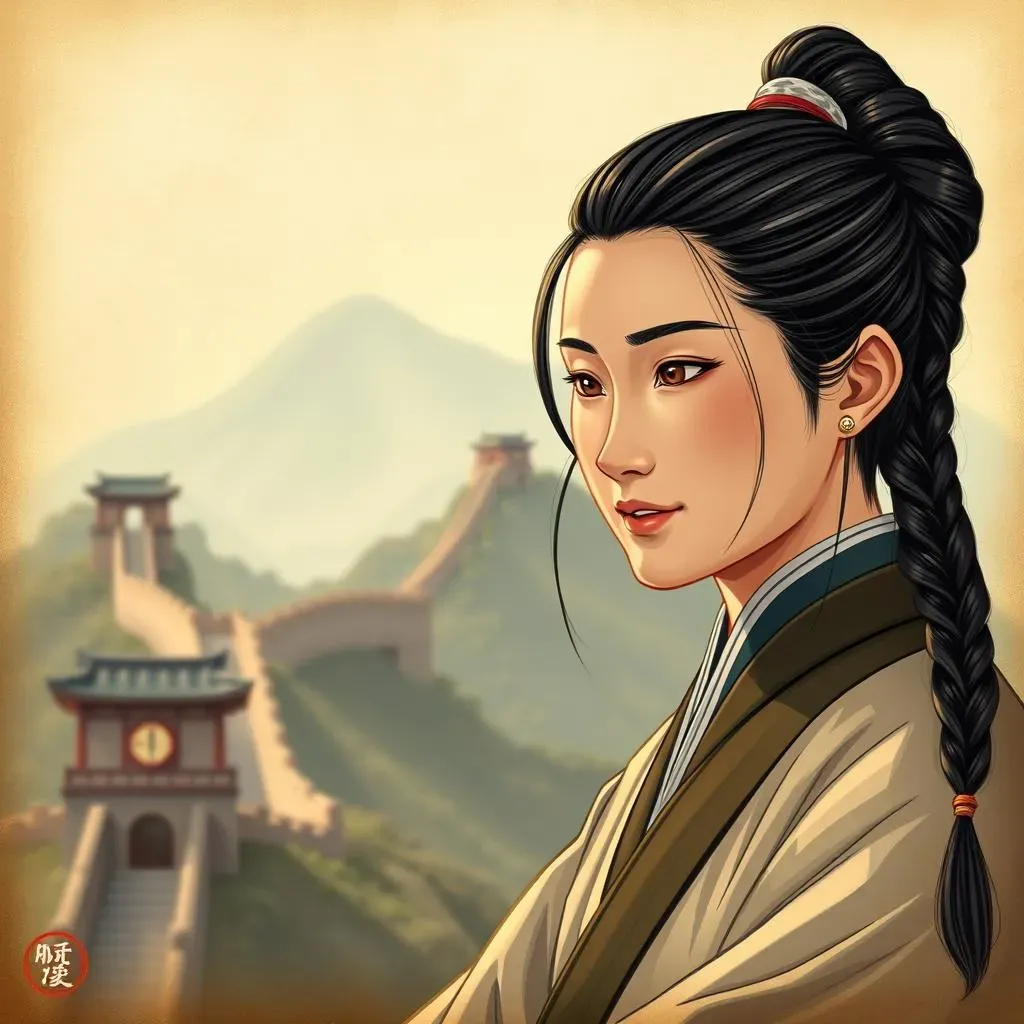
Alright, so where did this q hair style even come from? It wasn't just some random idea the Manchu people had one morning. This hairstyle actually goes way back to the Jurchen people, who lived in what we now know as northeastern China. They rocked a similar braid long before the Manchus came onto the scene. Think of it like this: the Jurchens were the original trendsetters of the braid. They weren't doing it for fashion, it was just how they wore their hair. Then, the Manchus, who were also from that area, picked up the style. This is where things get interesting, because the Manchu's didn't just adopt the hairstyle, they turned it into a big deal, a symbol of their identity and power. It's like taking a local band and making them a global phenomenon.
Now, fast forward a bit, and you’ve got the Manchus becoming a major power. They weren't just hanging out anymore; they were conquering and ruling. And guess what? They brought their hairstyle with them and made it mandatory. It's like saying, "Hey, if you're going to live here, you're going to rock this braid." This wasn’t a suggestion, it was an order, and it was a big deal for the people they were ruling. It wasn't about just hair anymore; it was about who was in charge. The q hair style went from a regional style to a symbol of Manchu dominance, and that transformation is key to understanding its history.
People | Time Period | Significance |
|---|---|---|
Jurchen | Pre-Manchu rule | Original wearers of the braid, a common hairstyle. |
Manchu | During Qing Dynasty | Adopted and transformed it into a symbol of power and control. |
It's like that time when everyone started wearing the same sneakers, but then they became a symbol of a specific group, it's the same kind of deal. The q hair style went from being just a style to a statement. It wasn't just about a braid anymore, it was about loyalty, power, and, for some, a symbol of oppression. It's like your parents telling you to wear a specific shirt, but it's the whole country telling you to get the same hair cut. That's the kind of weight the q hair style carried. It's a simple style with a complicated story, and we're just getting started.
Q Hair Style as a Symbol of Power and Resistance
Q Hair Style as a Symbol of Power and Resistance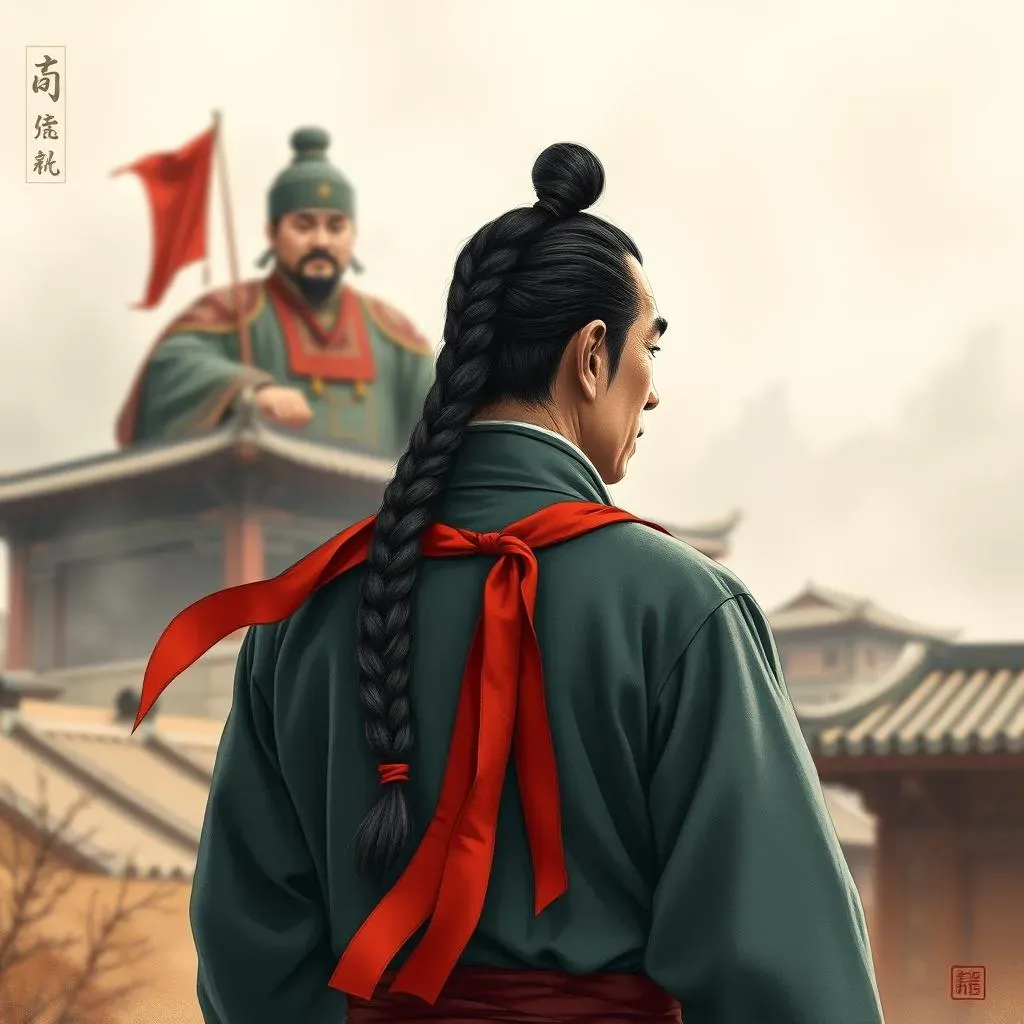
Okay, so now things get really interesting. The q hair style wasn't just a fashion statement anymore, it became a massive power play. The Manchu rulers, when they took over China, basically said, "Everyone, shave the front of your head and grow a braid, or else!" It was a way to show who was in charge, like a uniform that everyone had to wear, but instead of clothes, it was hair. Think of it like this, it's like the school principal telling everyone to wear the same hat, but this hat was a hairstyle and if you didn't have it, you were in big trouble. For the people who were conquered, like the Han Chinese, it felt like having their culture stripped away. It was a constant reminder that they were now under Manchu rule. It wasn’t just a haircut, it was a symbol of submission.
But here's the cool part: people didn't just roll over and accept it. The q hair style, which was meant to show power, also became a symbol of resistance. Some folks refused to shave their heads and braid their hair, choosing to keep their traditional hairstyles, even though it was super risky. It was like saying, "I'm not going to play by your rules." It was an act of defiance, a way to hold onto their identity in the face of pressure to conform. These rebels knew that their hair made them targets, but they did it anyway. It’s like refusing to take off your favorite band's t-shirt even if everyone else is wearing another one. It was a way to show they hadn't given up their own identity. It’s amazing how a hairstyle can become such a strong statement against power, right?
Action | Meaning |
|---|---|
Adopting the Queue | Symbolized submission to Manchu rule. |
Refusing the Queue | Symbolized resistance and cultural preservation. |
And let's not forget that this whole hair situation wasn't just a local drama. It had international echoes too. When Westerners saw the q hair style, they had all sorts of opinions about it. Some saw it as exotic, while others saw it as a sign of backwardness. It's like people judging a book by its cover, but instead of a book, it's a hairstyle. It really shows how something as personal as hair can become a point of debate and even judgment on a global scale. The q hair style became a focal point for how people viewed Chinese culture, which is a pretty big deal for a simple braid. It’s like a single hairstyle became a symbol of an entire country's history and identity.
The Q Hair Style's Lasting Legacy and Modern Interpretations
The Q Hair Style's Lasting Legacy and Modern Interpretations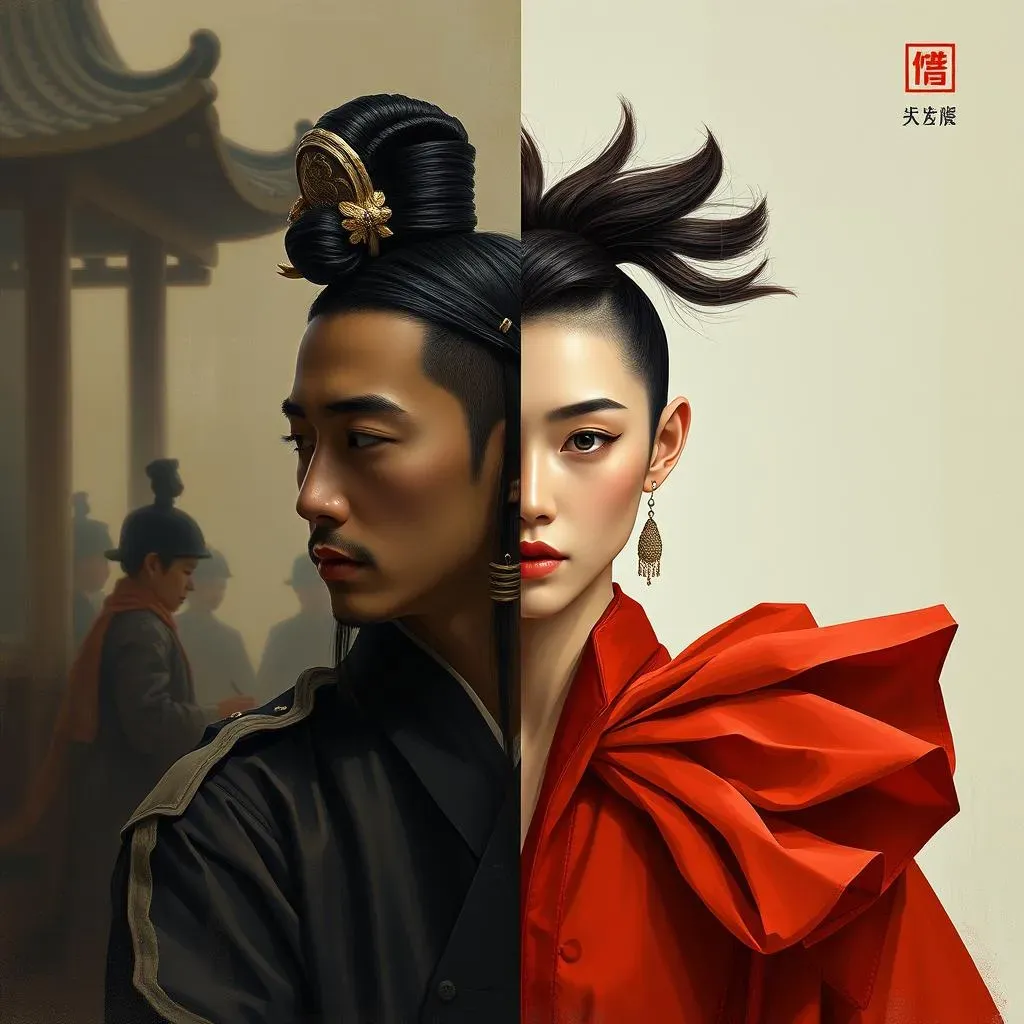
So, what happened to the q hair style after all that drama? Well, the Qing dynasty eventually fell in the early 20th century, and with it went the mandatory braid. It's like the end of a school year, and everyone finally gets to take off their uniforms. But the story doesn't end there. The q hair style, even though it's no longer forced upon people, left a huge mark on Chinese culture and identity. It's like a scar that reminds everyone of a really intense time in history. For some, it's a symbol of a painful past, a reminder of oppression and forced conformity. For others, it's a symbol of cultural heritage, a link to their ancestors and a unique piece of their history. It’s like an old family photo album, some pictures make you laugh, and others make you think.
And here's where it gets really interesting: the q hair style isn't just stuck in the past. You see it popping up in modern art, fashion, and even in movies. It's like a historical artifact that people are reinterpreting in new and creative ways. Some artists use it to explore themes of identity and power, while others might just think it looks cool and want to incorporate it into their style. It's like taking a classic song and remixing it for a new generation. This shows how something that was once a symbol of submission can become something else entirely, depending on who's looking at it and what they want to say with it. It really is a testament to how adaptable and powerful symbols can be. It’s like that old t-shirt you found in your closet, it might be vintage, but you can still rock it in a new way.
Era | Significance of Q Hair Style |
|---|---|
Qing Dynasty | Symbol of Manchu power and forced submission. |
Post-Qing Era | Symbol of cultural heritage, historical reflection, and artistic expression. |
So, the q hair style, it’s not just about a braid; it's a mirror reflecting different times, different powers, and different ways of seeing the world. It's a reminder that even the simplest things, like a hairstyle, can hold a lot of history and meaning. It's like that one book that you keep coming back to, each time you read it, you find a new layer of understanding. It really makes you think about how we use symbols today, right? What do the things we wear, the way we style our hair, say about us? It’s a big question, and the q hair style is just one piece of the puzzle. It's like asking yourself, what will people think about our styles and trends in the future? It definitely gives you something to think about.
The End of the Braid, But Not the Story
So, the q hair style’s journey takes us from ancient roots to a symbol of power and resistance. It started as a practical hairstyle, then became a tool for control, and later, a way for people to show their defiance or cultural pride. While you might not see many folks rocking the full shaved-front-and-long-braid look today, its impact on history and culture is undeniable. The q hair style reminds us that even something as simple as how we wear our hair can carry a lot of weight, telling stories about identity, power, and the ever-changing tides of history. It’s a good reminder that sometimes, the most interesting stories are hidden in the details.
